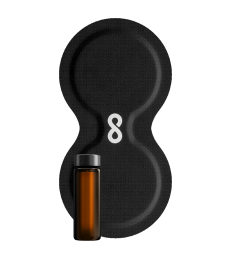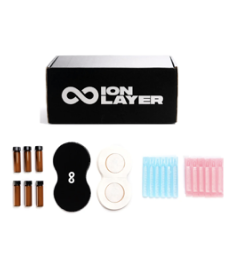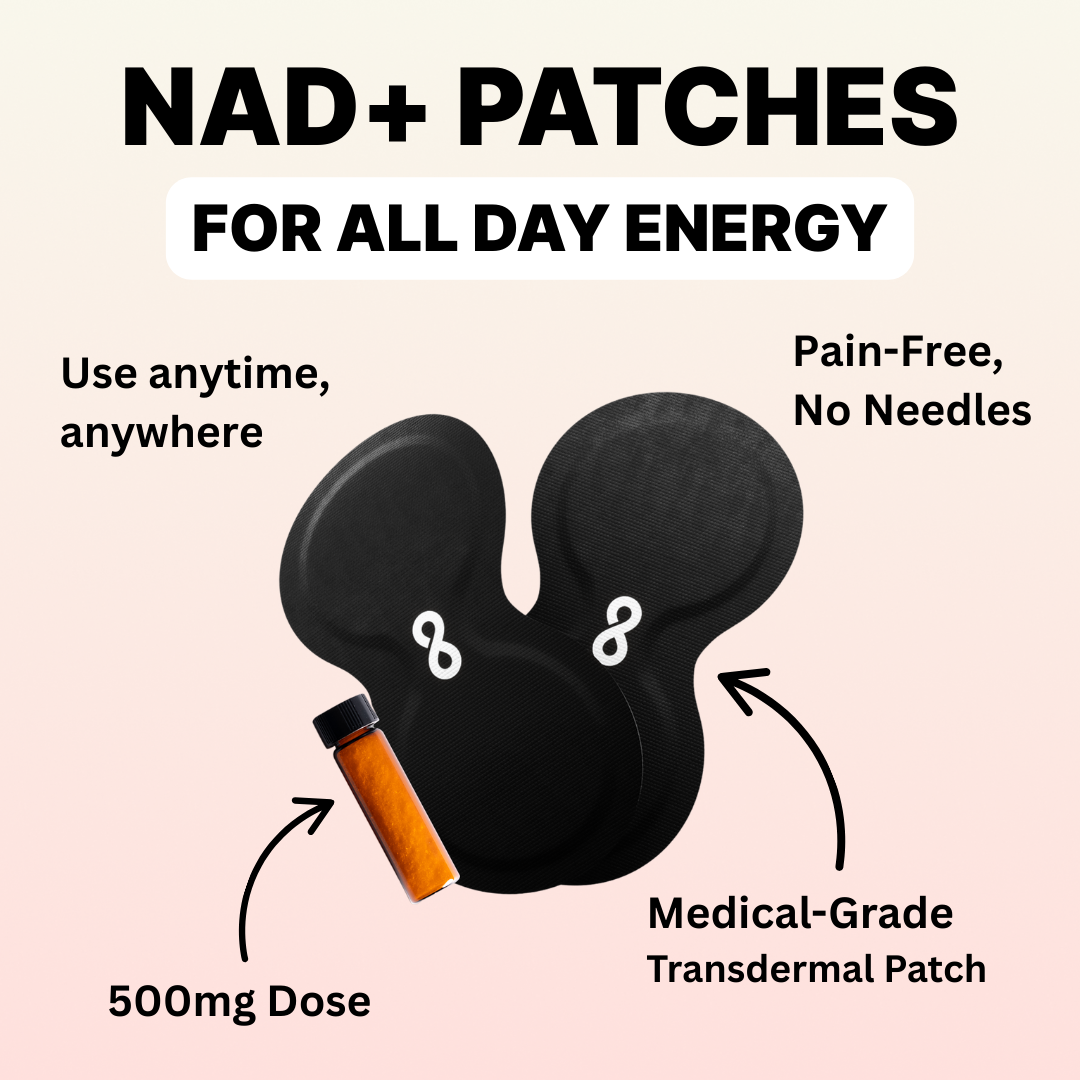
Not having enough energy during the day is like trying to swim with a weight tied to your ankle - eventually, you will get to the finish line, but it won’t be fun! Energy is that one resource we all try to hack to have more every day. But if we look at recent statistics, we are not doing a very good job at it. We’ll get to those dire numbers in a moment, but first, imagine not overdoing caffeine and still being able to have high levels of energy all day…. NAD, while often talked about in the context of longevity, plays a crucial role in balanced energy production. We can think of not one, not two, but at least five ways how it does.
Most Americans wake up without energy
Let’s take a look at some data. Most of you will likely relate, so it’s worth mentioning.
Eight out of 10 people will reach for at least one cup of joe every day to have enough energy to go about their day. Additionally, a poll has found that more than 60% of Americans don’t wake up feeling energized, and by the time the clock hits noon, 42% already feel tired and sluggish. Good luck getting any productive work done after lunch then, not to mention having patience and energy to play with your kids after work.

Ever wonder how children still have the same levels of energy at 6 p.m. than 9 a.m.? While we won’t go into all the biological processes that are different, levels of NAD is a big one.
In children, NAD levels are generally higher than in adults. It tends to decline with age, beginning as early as age 20. By the time a person reaches the age of 50, their NAD levels drop to about half of what they were when they were 20.
NAD plays a crucial role in the process of growth and development, which is particularly active during childhood. Additionally, children tend to have more active metabolism and higher energy demands than adults, which could also contribute to higher NAD levels.
NAD and energy production
One of the main roles of NAD within the cellular environment is to assist in producing adenosine triphosphate (ATP). It is a molecule that is commonly referred to as the "energy currency" of the cell because it provides energy for many cellular processes. Think of it as the coin that gets the machine working.
Studies have shown that as NAD levels decline, so does mitochondrial metabolism along with sirtuin activities, which are known to be longevity genes. This evokes a domino effect. It may raise oxidative stress while decreasing ATP production which may further elevate oxidative stress and promote inflammation, aggravating cellular injury.
You will only feel as energized as much energy your cells can produce. As this process gets damaged or impaired, it’s your energy levels that suffer and in turn your productivity and performance.
While you may get a short burst of energy from caffeine, when you begin to increase NAD levels, the energy you’ll feel will be more balanced, last longer and you will not crash in a few hours.
5 ways NAD helps you have more energy
As you replenish, and over time boost, your NAD levels, your body will be able to restore those impaired mechanisms and aid your body in its own regenerative processes. Every cellular task requires energy, so the more you have, the more optimally your body will be able to perform and function. Here are five ways NAD helps you have more energy.
1. Cellular respiration
It is the process by which cells convert glucose into energy. This couldn’t be completed without NAD. During cellular respiration, our cells break down sugar to produce energy in the form of ATP, that “energy currency”. NAD helps to move electrons around so that this process can happen. It's like a worker that moves supplies around a factory to make sure everything runs smoothly. Without NAD, our cells wouldn't be able to produce as much energy.
2. Increase the production of new cells
NAD increases cellular turnover, which is the rate at which older cells are replaced by newer cells. High levels of NAD increases the generation of fresh cells, ensuring that cells are constantly being replaced and that they remain healthy. Additionally, NAD helps to maintain the integrity of the cell membrane, protecting cells from damage and helping them to remain healthy and functioning. Without NAD, cells would not be able to replace and maintain themselves properly, leading to loss of function and an increase in the risk of disease.
3. Metabolize fats and carbohydrates
Fats and carbohydrates are two of the body’s main sources of energy as macronutrients. Protein is the third one. As cells need NAD to turn food into energy, metabolizing these two macronutrients wouldn’t be possible without NAD. Plus, this study showed that NAD was essential for optimal insulin regulation, pancreatic functionality, and glucose homeostasis. How does that relate to energy? The more efficiently your cells can turn food into energy, the more energy you will feel on the surface too.
4. Regulate enzyme activity
NAD helps to regulate enzyme activity through two major mechanisms. First, NAD serves as a cofactor for many enzymes, meaning it binds to the enzyme and helps it to catalyze a specific chemical reaction. It can control their behavior — either promoting or inhibiting their function.
On the other hand, NAD is involved in the regulation of sirtuins. NAD serves as a substrate for sirtuin deacetylation activity. It means that it provides the energy required for the removal of acetyl groups from proteins. This deacetylation process is important for regulating the function of many proteins involved in a wide range of cellular processes, including DNA repair, metabolism, and stress response.
5. Improve mitochondrial function
NAD is an essential molecule for the activation, maintenance, and improvement of mitochondrial function. Mitochondria are organelles within cells that are responsible for generating energy. You may have heard of it as the “powerhouse of the cell”.
NAD helps to activate the mitochondrial electron transport chain which produces energy for the cell. Additionally, NAD also helps to improve mitochondrial metabolism. This helps nutrients and molecules pass through the mitochondria more efficiently, leading to more energy production. In the absence of sufficient NAD levels, mitochondrial dysfunction can occur, leading to various health issues, such as fatigue and muscle weakness.
If your go-to “pick-me-up” has been coffee and energy drinks, it may be time to spoil your body with NAD and help it remember what it’s like to run at a higher efficiency.







